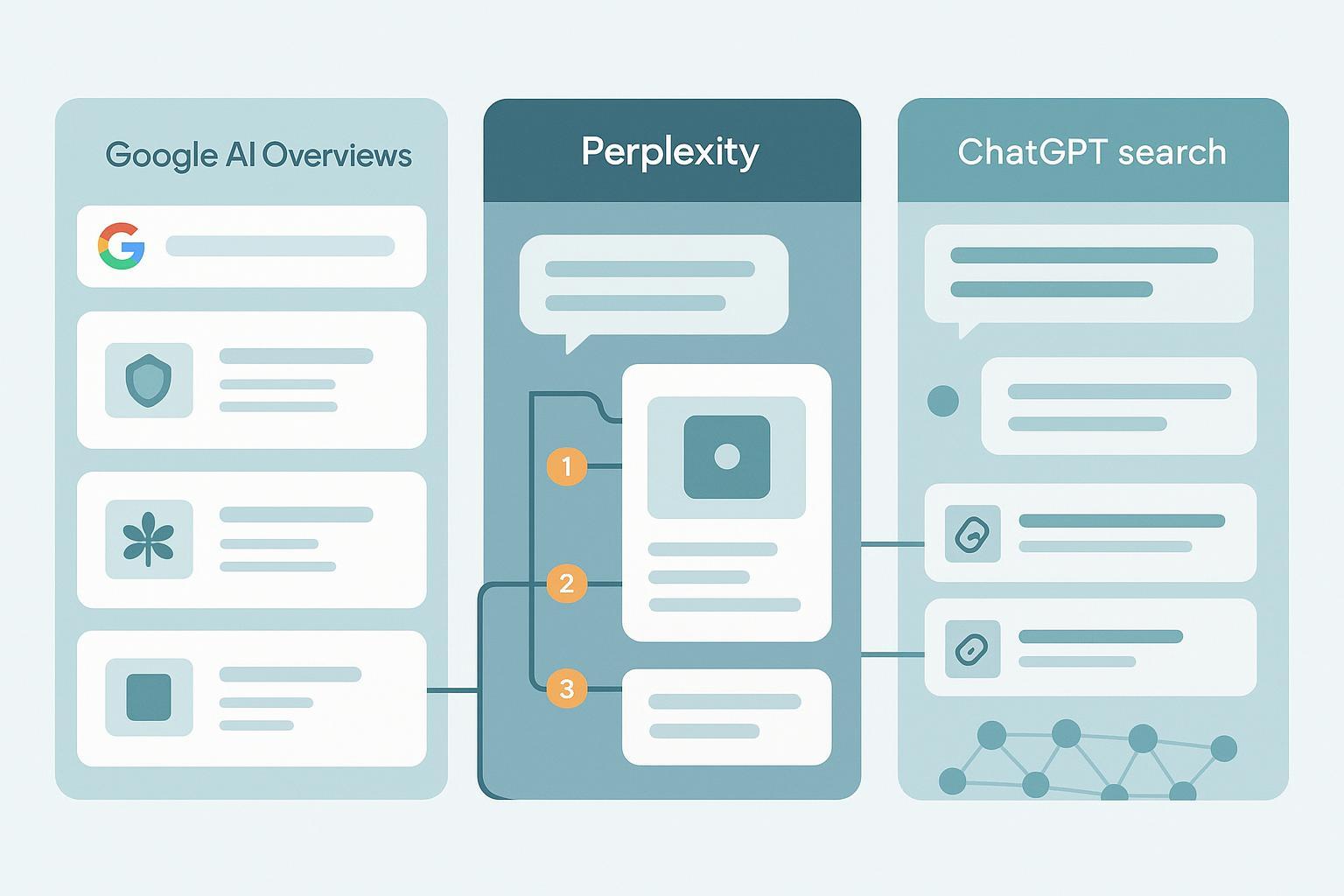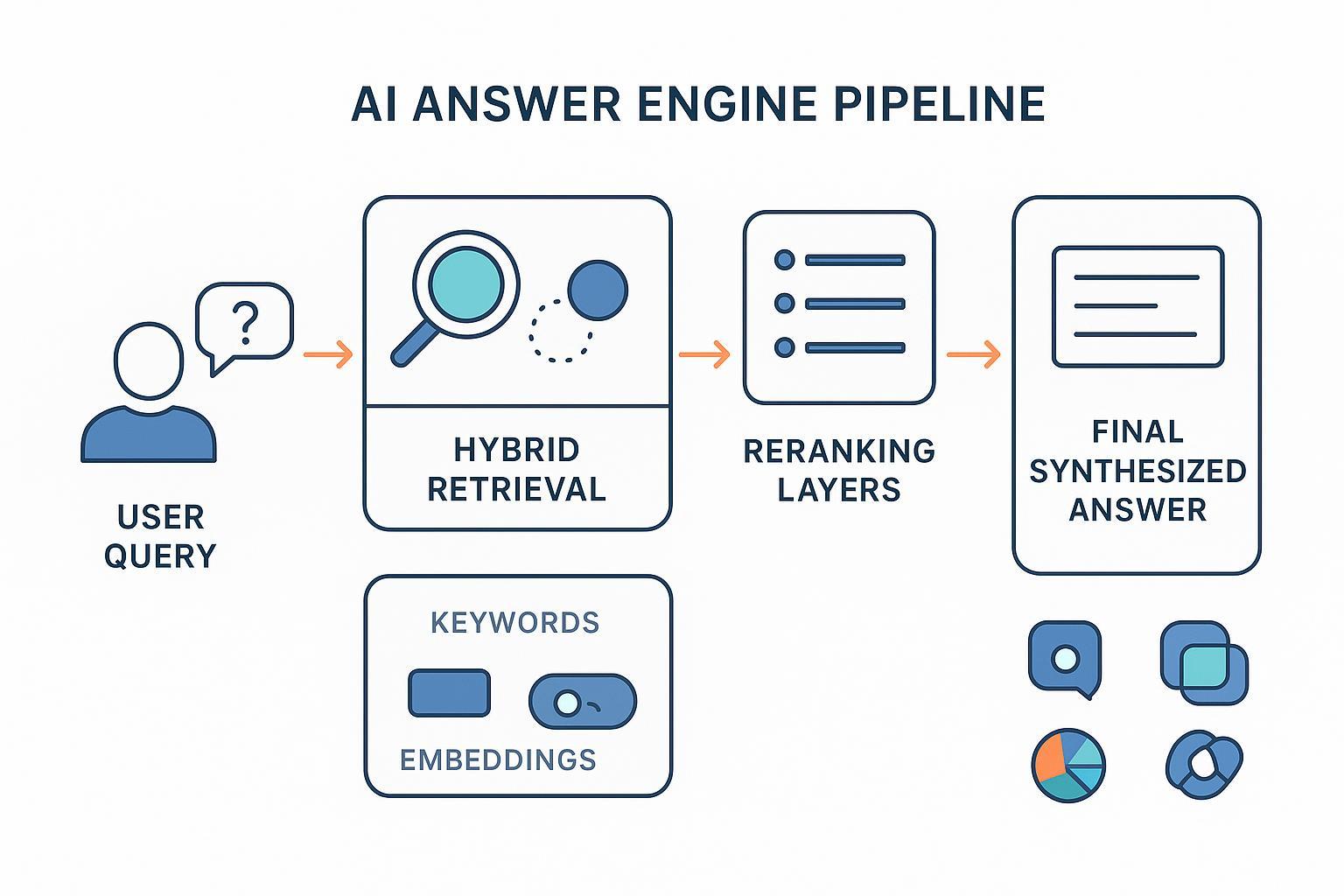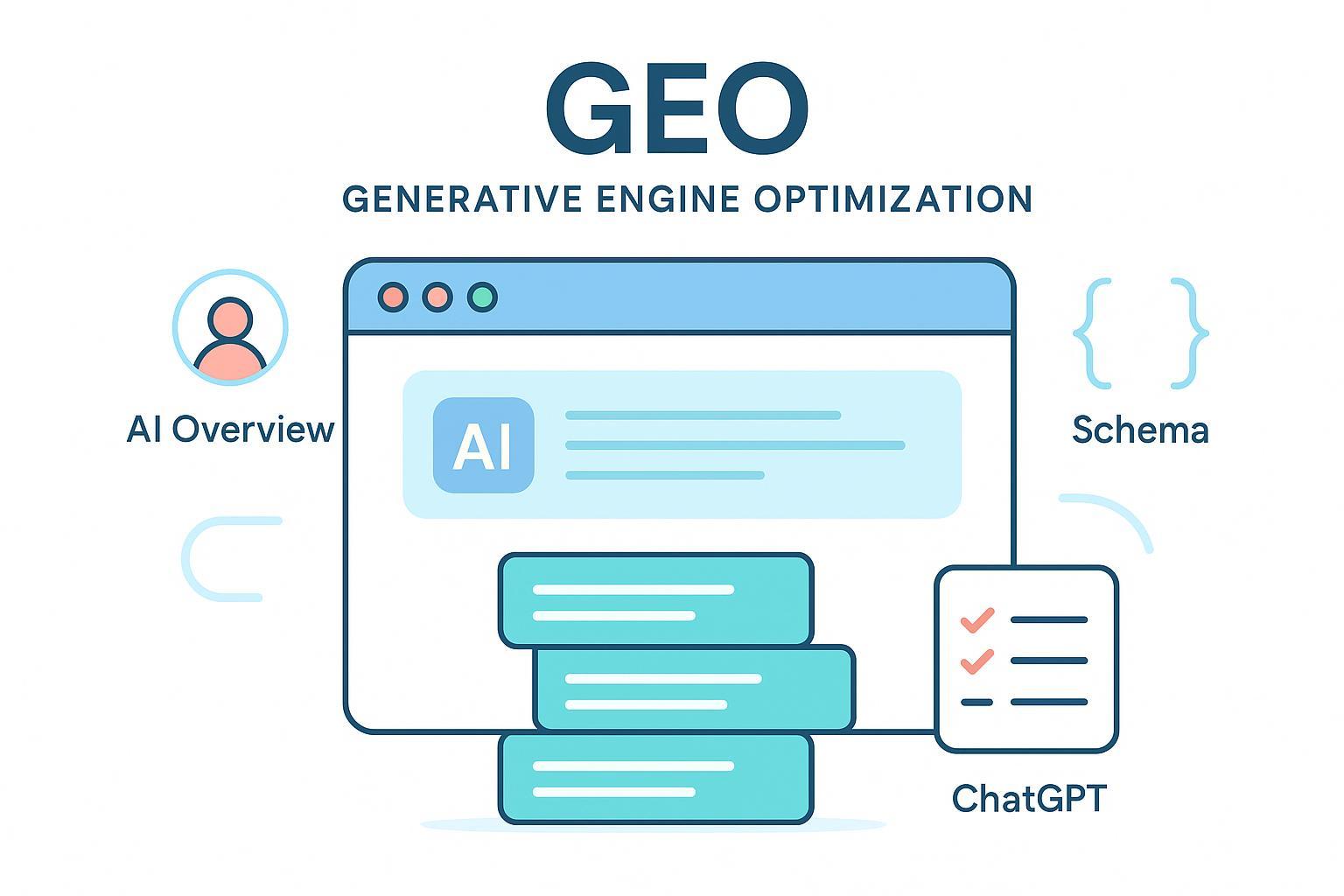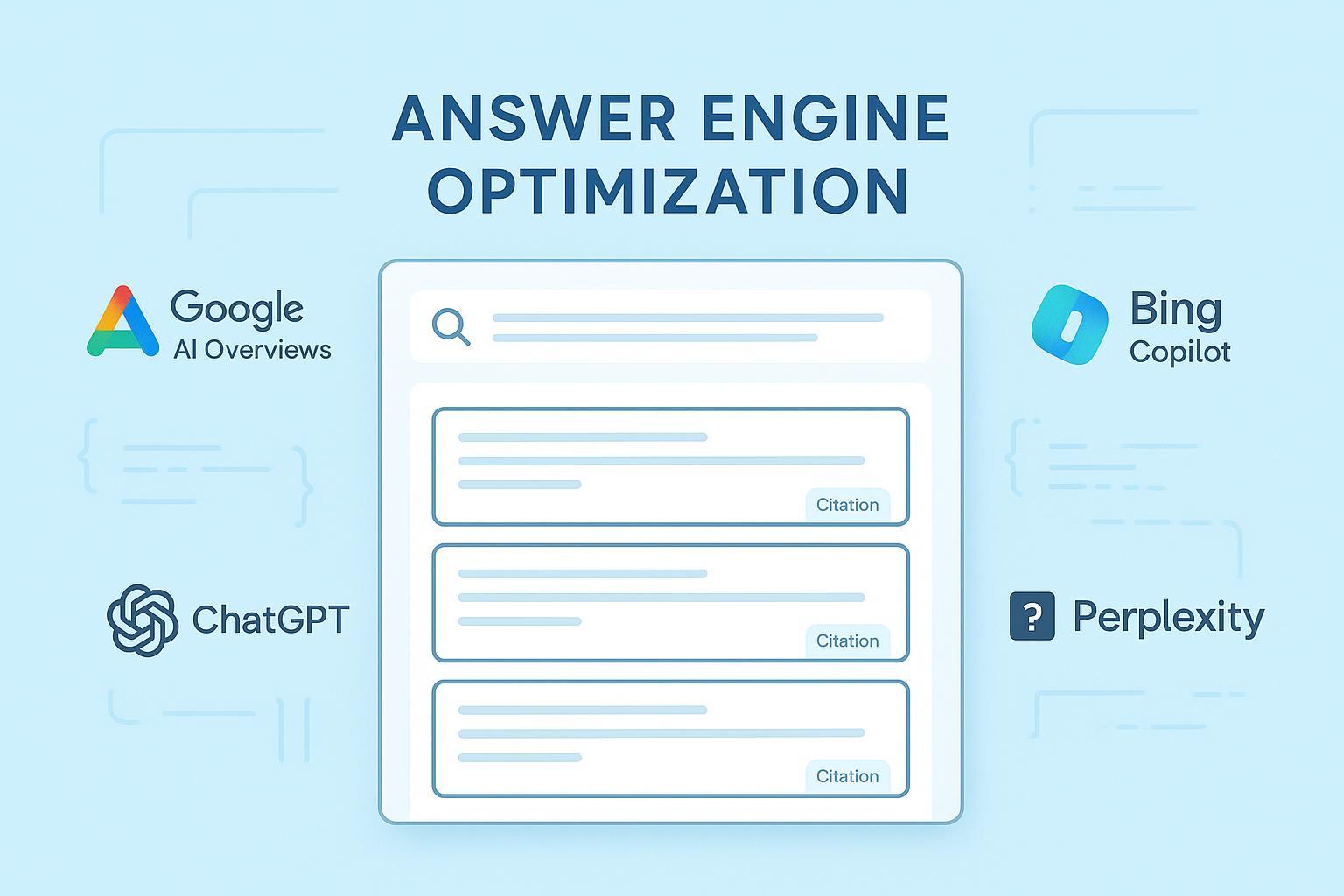Best Practices to Optimize Content for AI Search Snippet Attribution
Actionable best practices for optimizing content to increase keyword overview and snippet attribution in Google AI Overviews and Bing AI. Covers E-E-A-T, schema, technical SEO, and advanced monitoring.

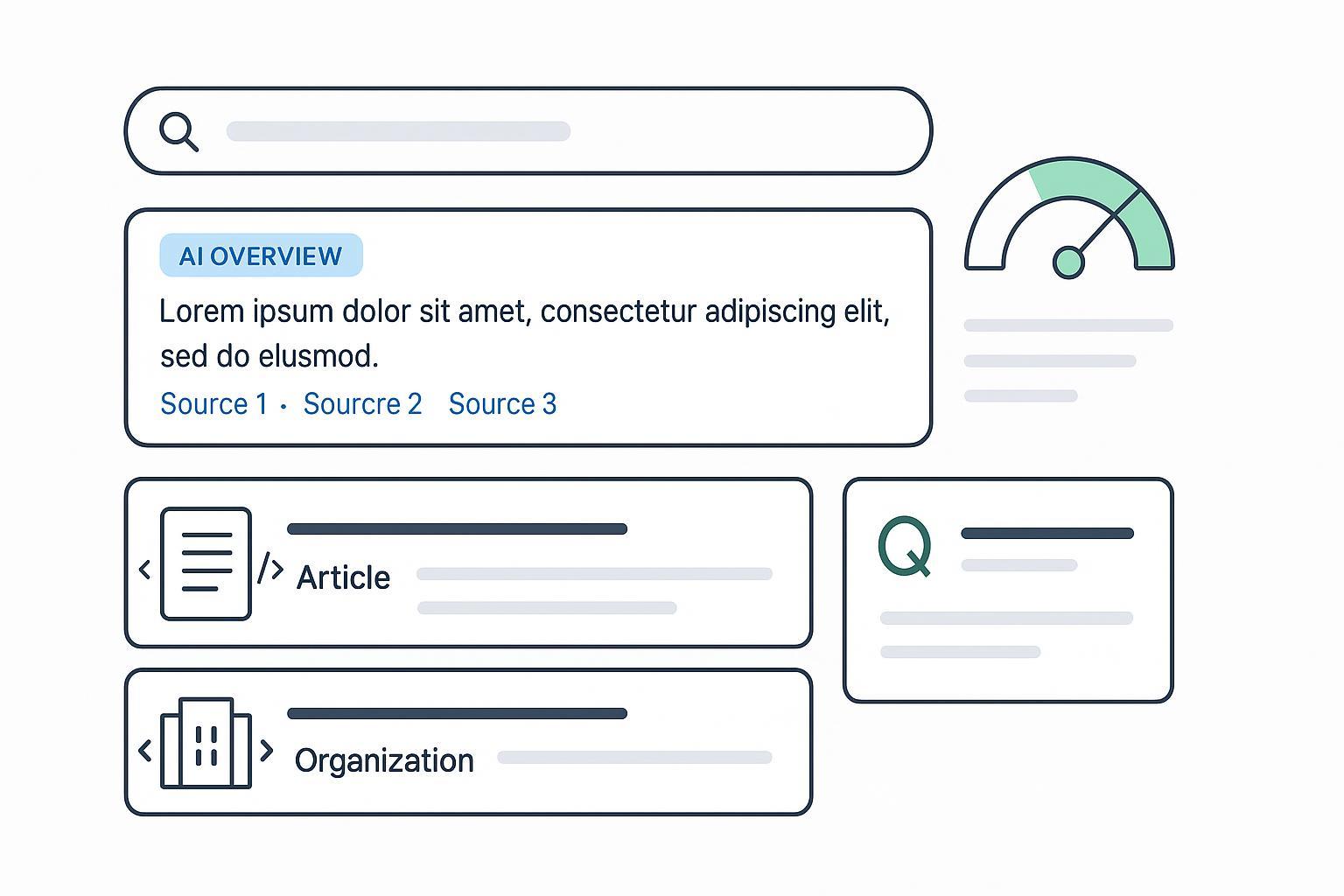
If your visibility and clicks are getting squeezed by AI-generated answers at the top of search results, you’re not alone. In 2025, Google’s AI Overviews/AI Mode and Bing’s Copilot in Search surface concise summaries with source links. Google’s own guidance emphasizes that inclusion depends on having indexable, helpful content, and that AI features are designed as a “jumping-off point” to explore sources, not to replace them, per the 2025 Google Search Central guidance in AI features and your website. Microsoft likewise stresses citations in its public rollout of Copilot Search in April 2025, as described in the Bing blog announcement.
This playbook focuses on the parts you can control: making your answers extractable, your entities trustworthy, your markup precise, and your monitoring disciplined. It won’t “force” citations—nobody can—but it will measurably raise your eligibility and attribution odds.
Eligibility fundamentals: non-negotiables
Before advanced tactics, lock down the basics that AI features depend on.
- Ensure the page is indexable and returns HTTP 200, with no accidental blocking of Googlebot/Bingbot. Google reiterates these prerequisites in 2025 within AI features and your website.
- Keep content visible (not hidden behind tabs without proper markup) and consistent with any structured data you provide.
- Use semantic headings, short paragraphs, and descriptive alt text so both users and machines can parse your answers. For practical patterns, see our guide to semantic headings for extractable answers.
Structured data that actually moves the needle
Treat schema as a clarity layer, not a ranking hack. Focus on supported, high-impact types and keep them aligned with visible content.
- Start with Article, Organization, and Person JSON-LD. Google’s 2025 Search gallery of supported types remains the canonical reference: see Search gallery (supported structured data).
- Mind 2025 deprecations. On June 12, 2025, Google announced it was simplifying the results page by deprecating seven rich result types; the markup won’t hurt, but those displays no longer render. Details are in Google’s 2025 post, Simplifying the search results page.
- Be realistic with FAQ/HowTo. Since August 8, 2023, Google has restricted broad FAQ and HowTo rich results; the markup can still help systems understand your content, but don’t expect sitewide FAQ visual enhancements. See Changes to HowTo and FAQ rich results (2023).
Practical tip: keep schema minimal-but-correct, validate with the Rich Results Test, and ensure the marked entities actually appear on the page.
E-E-A-T you can implement this week
AI systems favor sources with obvious credibility. Google’s Quality Rater Guidelines and 2025 guidance on succeeding in AI search push the same direction: authorship, experience, sourcing, and transparency. According to the 2025 Google Search Central article Succeeding in AI search and the latest Quality Rater Guidelines, you should:
- Attach real author bios with credentials and link them to on-page Person schema (sameAs to authoritative profiles). Add a reviewer where appropriate and label the review step.
- Strengthen Organization schema with logo, sameAs (official profiles), and contactPoint. Maintain clear About and Contact pages.
- Cite primary sources within the body and include publication and update dates. Keep a visible changelog for high-stakes or frequently updated pages.
- Publish your editorial standards. Over time, this builds durable trust signals. For step-by-step governance patterns, see how to build verifiable authority and trust signals.
Design for extractable answers (Q&A formatting)
Think like an answer engine. Structure sections as questions with crisp, self-contained responses.
- Use question-style H2/H3 headings and lead with a 40–80 word answer. Expand with details, visuals, and citations afterwards.
- Where applicable (and visible on the page), add FAQPage, QAPage, or HowTo markup that mirrors the content. See Google’s docs for FAQPage, QAPage, and HowTo.
- Keep sentences unambiguous. Avoid hedging in the short answer block; nuance belongs in subsequent paragraphs.
Entity-first optimization (Organization/Person) with code patterns
Align what’s on the page with what appears in JSON-LD and across your external profiles. Use persistent @id anchors and consistent sameAs links.
Example Organization JSON-LD
{
"@context": "https://schema.org",
"@type": "Organization",
"@id": "https://example.com/#org",
"name": "Example Inc.",
"url": "https://example.com",
"logo": "https://example.com/logo.png",
"sameAs": [
"https://www.linkedin.com/company/example",
"https://x.com/example"
],
"contactPoint": [{
"@type": "ContactPoint",
"contactType": "customer support",
"telephone": "+1-800-555-1212"
}]
}
Example Person JSON-LD
{
"@context": "https://schema.org",
"@type": "Person",
"@id": "https://example.com/#author-jane",
"name": "Jane Smith",
"url": "https://example.com/authors/jane-smith",
"jobTitle": "Content Strategist",
"worksFor": {"@id": "https://example.com/#org"},
"sameAs": [
"https://www.linkedin.com/in/janesmith",
"https://scholar.google.com/citations?user=..."
]
}
Also apply Article JSON-LD with author (Person), publisher (Organization), datePublished/Modified, headline, image, and mainEntityOfPage following Google’s 2025 Article structured data.
Technical SEO baselines that support inclusion
The technical layer doesn’t directly “win” you a citation, but it determines whether your content is eligible, fast, and readable—conditions AI features lean on.
- Core Web Vitals (2025): aim for LCP ≤ 2.5s, INP ≤ 200ms (replaced FID in March 2024), and CLS < 0.1. See Google’s 2025 Core Web Vitals overview and the INP transition note in Core updates and INP replacement.
- Accessibility: use semantic headings, alt text, sufficient color contrast, and keyboard-friendly navigation. This improves both user experience and machine parsing.
- Indexing hygiene: canonicalize duplicates, avoid soft 404s, and keep your robots and meta directives consistent. For a consolidated checklist of CMS-level controls, see this technical SEO and schema checklist.
Multimodal hygiene (images and video)
AI answers often display visual elements. While selection logic isn’t fully documented, following Google’s media guides improves clarity and eligibility.
- Provide high-quality images with descriptive file names and alt text; add ImageObject properties where appropriate. Review Google’s Licensable images guidance for rights clarity.
- For video, ensure accessible URLs, transcripts/captions, and appropriate structured data and sitemaps. See Google’s 2025 Video SEO best practices.
Measurement and monitoring: know when you’re cited
Today there is no official per-query AI Overview report from Google. However, in 2025 Google confirmed that AI Mode traffic is included within Search Console’s aggregate Performance totals (not a separate filter). See coverage in Search Engine Land’s report on AI Mode in GSC (2025) and corroboration by Brodie Clark’s analysis (2025).
- Combine GSC totals with third-party trackers that detect AI Overview triggers and citations (methodologies vary). For example, see Keyword.com’s how-to on tracking AI Overviews.
- Run weekly manual audits for your priority question keywords: capture screenshots, note positions, and record whether you’re cited.
- Annotate site changes (schema updates, content refreshes) and compare before/after presence and CTR.
What to expect: prevalence and impact (directional)
- Prevalence: Independent studies estimated AI Overviews appeared in roughly 11–13% of queries by mid-2025, with higher rates in informational searches. See the 2025 Semrush AI Overviews prevalence study.
- Impact on behavior: BrightEdge’s May 14, 2025 press data reported higher overall Google usage alongside shifting click patterns; marketers should align KPIs with visibility, brand recall, and assisted conversions. See BrightEdge 2025 data on AI Overviews and usage. Treat all vendor data as directional and validate against your own analytics.
A tool-agnostic, 7-step workflow that consistently works
- Identify AI-intent clusters: pull “how/what/why/compare/best” queries; tag by funnel stage and business value.
- Draft answer-first modules: for each query, write a 40–80 word canonical answer, then expand with proof, visuals, and sources.
- Structure and markup: add H2/H3 questions; apply Article + Organization + Person schema; only add FAQPage/HowTo/QAPage when content visibly matches.
- Enrich entities: connect Person↔Organization via worksFor; add sameAs to official profiles and relevant knowledge bases.
- Optimize media: compress, add descriptive alt text; include ImageObject/VideoObject; add transcripts/captions.
- Validate and ship: confirm indexability; run Rich Results Test; lab/field-check Core Web Vitals.
- Monitor and iterate: weekly spot-checks for AI Overviews; record citations; update short answers for clarity every 90 days.
Example workflow with QuickCreator (optional)
Disclosure: The following example includes our own product mention to illustrate the workflow.
- Use an AI-assisted editor with SERP-aware outlines to generate question-led H2/H3s and 40–80 word answer blocks. In practice, a platform like QuickCreator can scaffold these modules with block-based sections that map cleanly to schema.
- Standardize schema: define Organization/Person once and reuse via snippets; export JSON-LD for Article with datePublished/Modified. The editor should nudge you when FAQ/HowTo/QAPage markup doesn’t match visible content.
- Integrate media: pull licensed images via API, auto-generate alt text, and add ImageObject/VideoObject fields. Compress and set dimensions to protect LCP.
- Publish and validate: one-click deploy to WordPress or hosted blogs, then validate with the Rich Results Test and a Core Web Vitals check. Maintain a change log so you can correlate edits to AI Overview presence.
- Monitor: use built-in topic recommendations to refine questions; annotate updates and compare screenshots of AI Overviews over time.
Risk management: hallucinations, misattribution, and feedback loops
- Publish a clear corrections policy, show fact-check/review labels, and timestamp updates. This helps both users and raters align your content with E-E-A-T principles (see Google’s 2025 guidance cited earlier).
- When AI Overviews misstate your content, use the in-interface feedback controls. Google documents the thumbs up/down and reporting flow in its 2025 user help page, described in Find information faster with AI Overviews.
- Avoid speculative claims and over-generalizations that AIs can misinterpret. Prefer primary data, exact definitions, and cautious language in short-answer blocks.
Maintenance cadence you can sustain
- Quarterly schema audits against the 2025-supported types in the Search gallery; remove or ignore deprecated types and validate your JSON-LD.
- Refresh top-answer blocks every 90 days or when sources change; maintain a visible update log.
- Review Core Web Vitals and accessibility monthly; document regressions and fixes so improvements persist.
Next steps
- Start with three pages: apply Organization/Person/Article schema, add question-style H2/H3s, and write 40–80 word answers. Validate, track, iterate.
- If you prefer an integrated workflow, you can trial QuickCreator to operationalize the question-first structure, schema scaffolding, and publishing in one place.
Appendix: minimal Article JSON-LD template
{
"@context": "https://schema.org",
"@type": "Article",
"@id": "https://example.com/page/#article",
"mainEntityOfPage": "https://example.com/page/",
"headline": "Your exact page title",
"image": ["https://example.com/hero.jpg"],
"datePublished": "2025-05-20",
"dateModified": "2025-10-03",
"author": {"@id": "https://example.com/#author-jane"},
"publisher": {"@id": "https://example.com/#org"}
}


